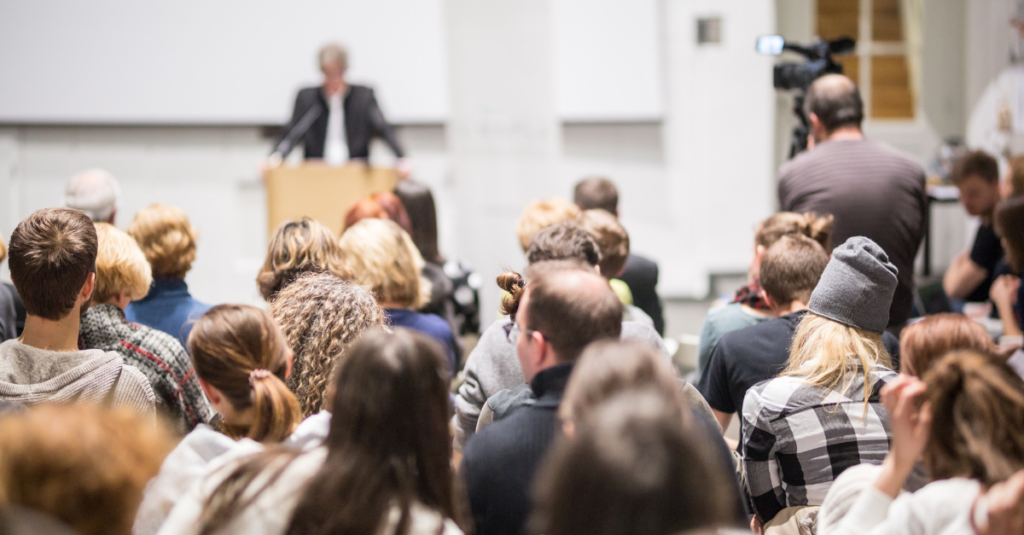As an attendee at events, it can often be easy to feel disconnected or disengaged from the activities and discussions taking place around you. However, in today’s event industry, there are countless strategies and tactics being implemented to enhance attendee engagement and ensure a more fulfilling and memorable event experience.
Technology
One effective way to increase engagement is through the use of technology. With the rise of smartphones and mobile devices, event planners can leverage apps and platforms to encourage attendees to participate in real-time surveys, polls, and interactive sessions. There are several ways to enhance an event’s relevance for both participants and the group hosting it. A mobile event app makes it easier for organizers to communicate with attendees before, during, and after the event.
Before the Event:
- To learn what attendees want from the event, distribute a poll. Based on the comments, planners can offer a more specialized experience.
- The interests of the audience can also be used by speakers to shape their presentations.
- Invite participants to communicate with one another through the messaging features of the apps.
- Send out reminders and informative messages.
During the Event
- Deliver push notifications to inform people of where and what is happening.
- Organize and bookmark speakers and exhibits that guests want to see.
After the Event:
- Post the event’s slideshows, pictures, and videos.
- Send out surveys to get feedback and thank those who attended the event.
- Inform them about upcoming events.
Gamification is another popular tool that can be used to engage attendees, offering points, prizes, or other incentives for active participation. And lastly, the check-in options. Even though there are many options for badges available today, NFC (near-field communication)-enabled badges can give participants and event organizers a smooth, high-tech event experience. NFC technology enables data to be transmitted by just holding a badge close to another device, as opposed to scanning a typical barcode or QR code (IDConference uses RFID UHF readers that are at the top of the NFC-enabled badges). This can speed up and simplify procedures like check-in, passive and active session tracking, and lead retrieval. It can also power innovative badge features like digital wallets and the delivery of goodies, among others. Altogether, these badges may store 30 times more data than QR code badges, enabling all event attendees to learn more about each attendee.

Networking
Additionally, networking opportunities can also foster engagement. Events that provide designated spaces for attendees to connect with one another, such as lounges or happy hour sessions, can encourage attendees to engage with one another and build lasting connections. Activities such as group breakout sessions or interactive workshops can also be effective in keeping attendees engaged and fostering a sense of community.
Feedback
Finally, it’s important for event planners to continuously evaluate and iterate on their engagement strategies. It was already mentioned that feedbacks are key, but we want to ephasize it again. By soliciting feedback from attendees and analyzing event metrics, organizers can identify areas where they can improve attendee engagement and create more meaningful experiences for their audience.
Conclusion
Overall, attendee engagement is a critical component of the event industry, and event planners should always be looking for new and innovative ways to enhance the attendee experience and create more engaging events. Organizing an event with a complex agenda and many participants is easy with our event management solution – IDConference.
